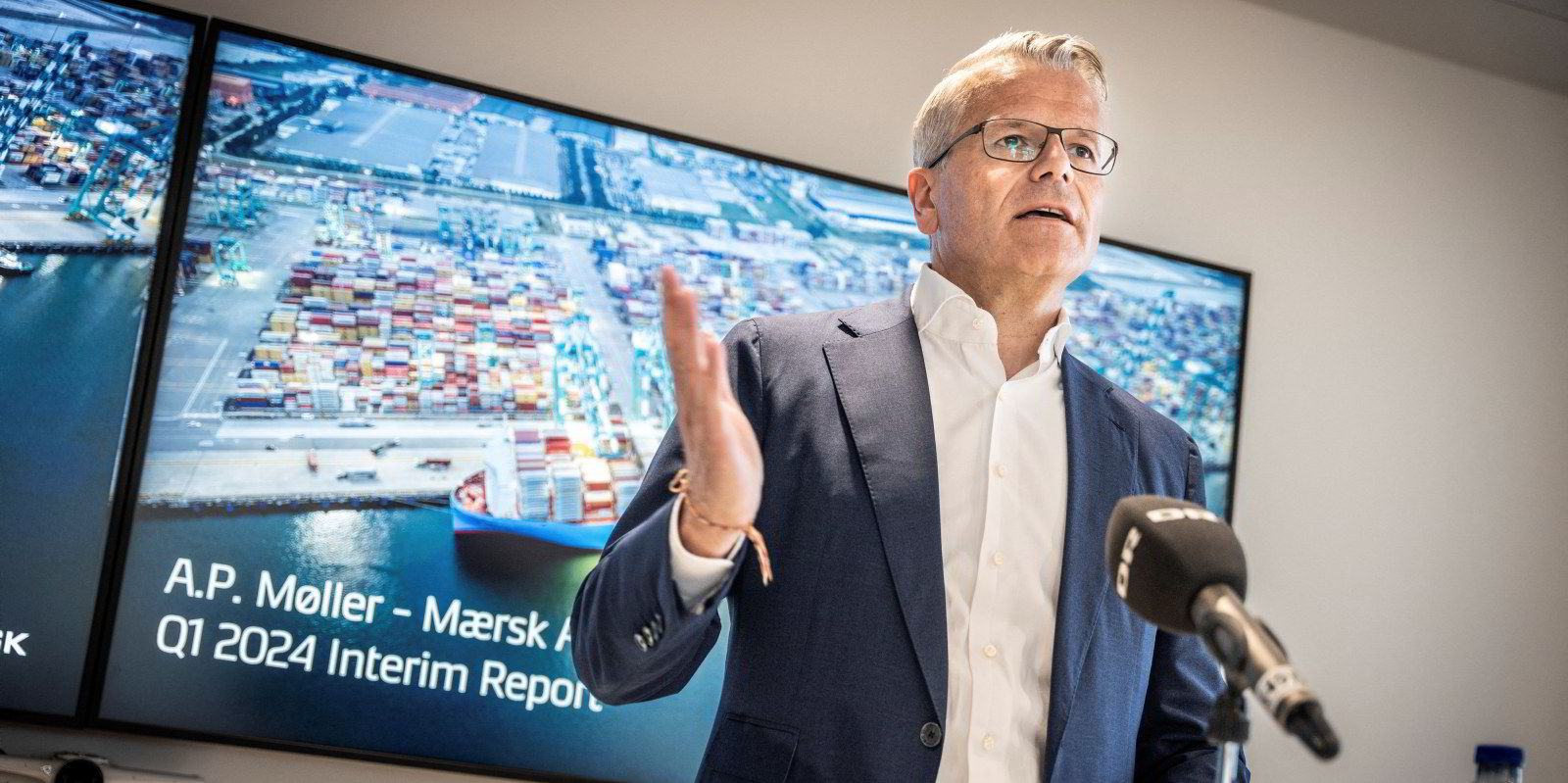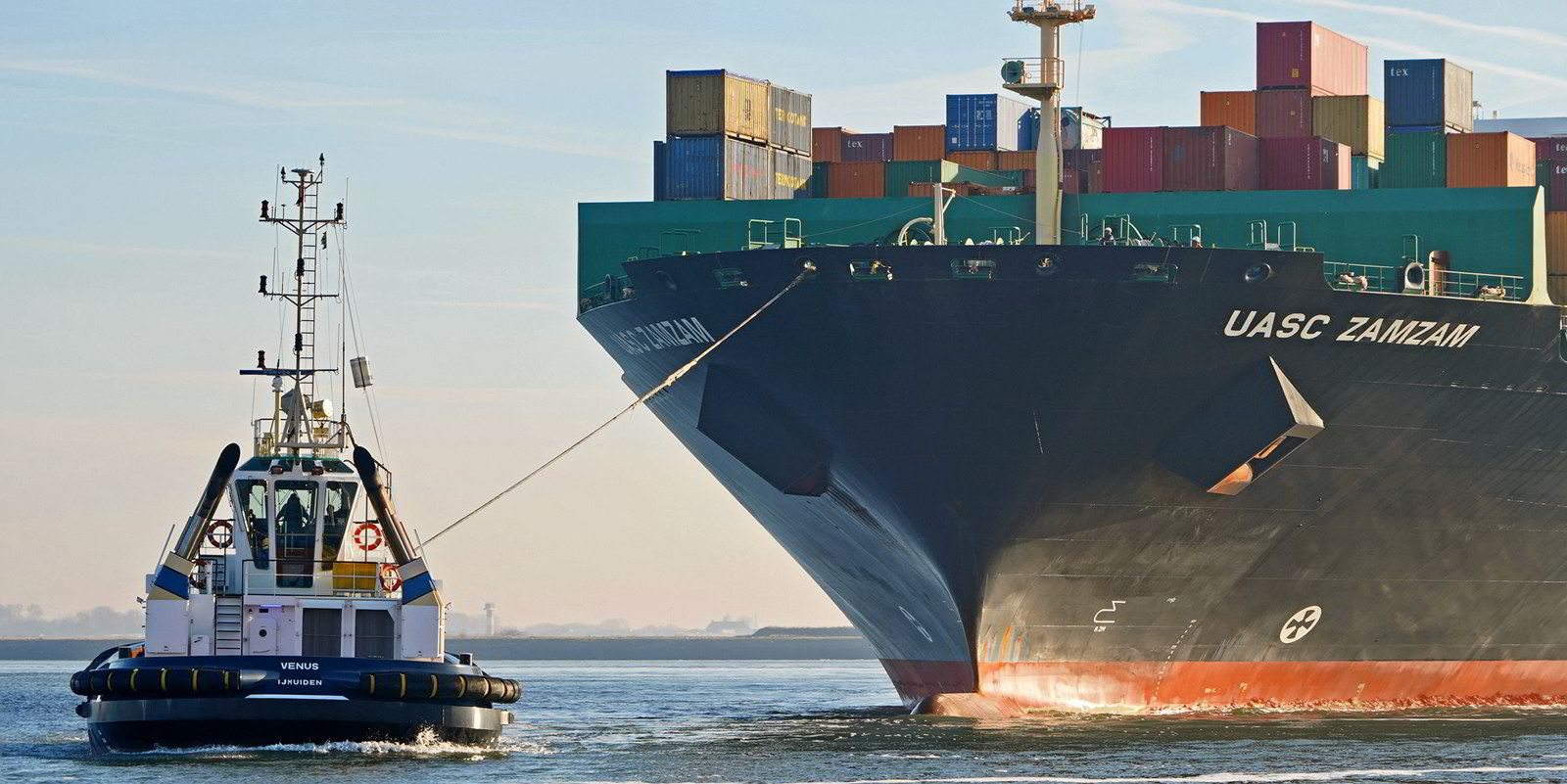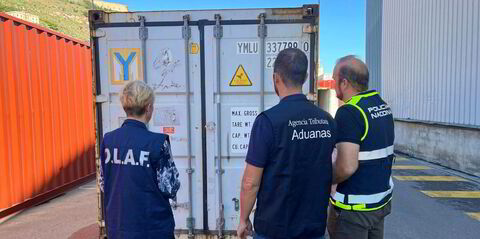AP Moller-Maersk has hiked its earnings guidance for 2024 by $3bn as it benefits from a combination of rising demand, continued Red Sea disruption and port congestion.
The Copenhagen-listed liner operator also projected that it would end the year with positive cash flow.
The announcement marked a stunning turnaround just a month after the company’s full-year expectations disappointed analysts and it predicted that it would end the year with a $2bn cash flow deficit.
“On the back of continued strong container market demand and the disruption caused by the ongoing crisis in the Red Sea, AP Moller-Maersk now also sees signs of further port congestions, especially in Asia and the Middle East, and additional increase in container freight rates,” the company said.
“This development is gradually building up and is expected to contribute to a stronger financial performance in the second half of 2024.”
Maersk now expects to reel in $7bn to $9bn in Ebitda this year, up from the previous range of $4bn to $6bn.
Ebit is predicted to come in at $1bn to $3bn. Previously, it said it expected to deliver an Ebit loss as deep as $2bn, with breakeven at the top of the range. Ebit factors out depreciation and amortisation that are included in Ebtida.
And Maersk said on Monday that it expects $1bn in positive cash flow this year.
“Trading conditions remain subject to higher-than-normal volatility given the unpredictability of the Red Sea situation and the lack of clarity of future supply and demand,” it said.
The company is expected to report its half-year results in August.
Maersk is not alone in expecting more of 2024, with the second half of the year just weeks away.
Less than two weeks ago, New York-listed Zim lifted its Ebitda guidance for the year to a range of $1.15bn to $1.55bn, up from a previous estimate of between $850m and $1.45bn.
As TradeWinds reported last week, spot freight rates have hit the highest level of the year and were expected to begin June even higher.
“There is a cocktail of uncertainty and disruption across global ocean freight supply chains at present and this is fuelling the spot rate increases,” Xeneta chief analyst Peter Sand said.
“However, it is the speed and magnitude of this recent spike that has taken the market by surprise — including the CEOs of the world’s biggest ocean freight liner companies.”
The Freightos Baltic Global Container Index, which represents a weighted average of spot rates on 12 key routes, delivered on the prediction, surging to $3,765 per 40-foot equivalent unit.
That is a 7.3% leap in the index since its last reading on the final day of May.
The figure marks the highest level for the indicator since 2022, when spot freight rates were spiralling downward from the heights of the pandemic and supply chain crisis.




